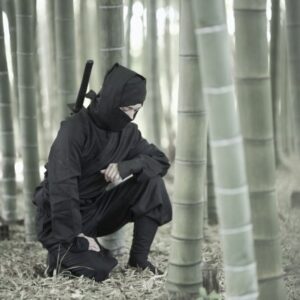Yoshino Jingu Shrine and Yoshimizu Shrine, clever and trenchant wit or desperate, but fortitudinous Emperor Go-Daigo’s way of living
In spring, Mt. Yoshino is adorned with approximately 30,000 cherry blossoms in full bloom, comprising about 200 different varieties of Yamazakura, mountain cherry blossoms, gradually reach full bloom in four areas - Shimo, Naka, Kami, and Oku – ascending from the base to the summit, taking about a month to unfold fully. The panoramic view from Yoshimizu Shrine, situated in the Naka area, is truly breathtaking. As a result, it is referred to as ”Hitome Senbon,” a place where one can behold 1,000 cherry trees at a glance. Conversely, the autumn leaves in front of the Otorii Gate and East Gate at Yoshino Jingu Shrine are vividly beautiful.
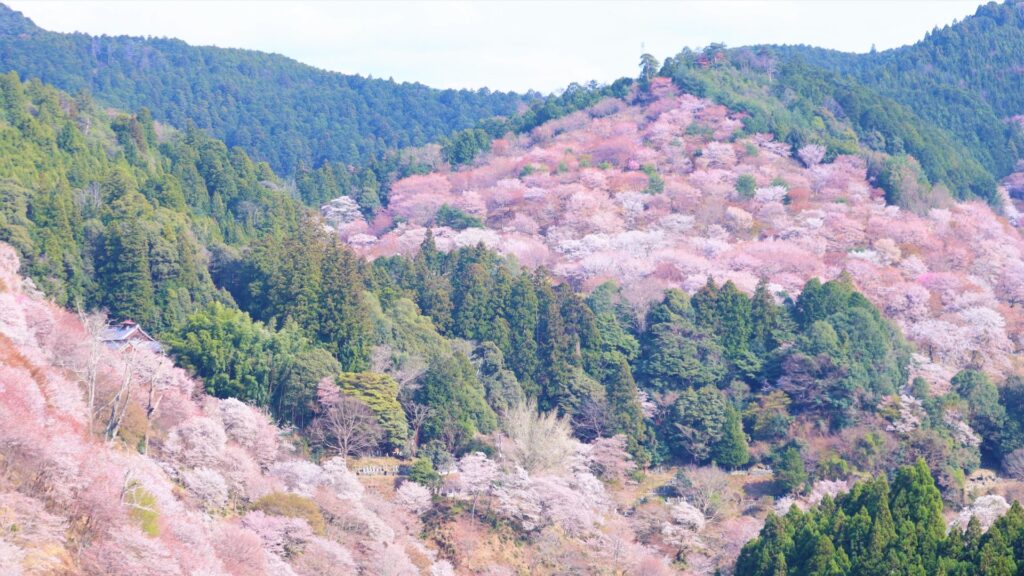
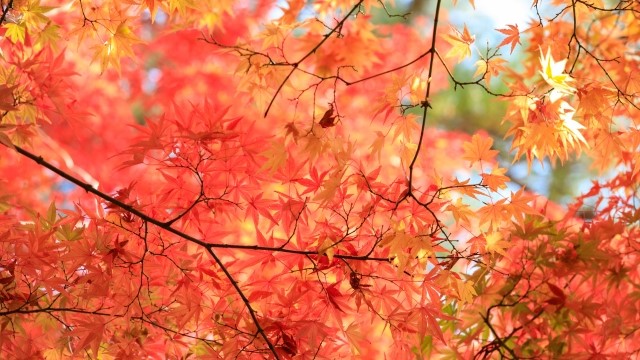
Yoshimizu Shrine, A Temporary Palace of Emperor Go-Daigo
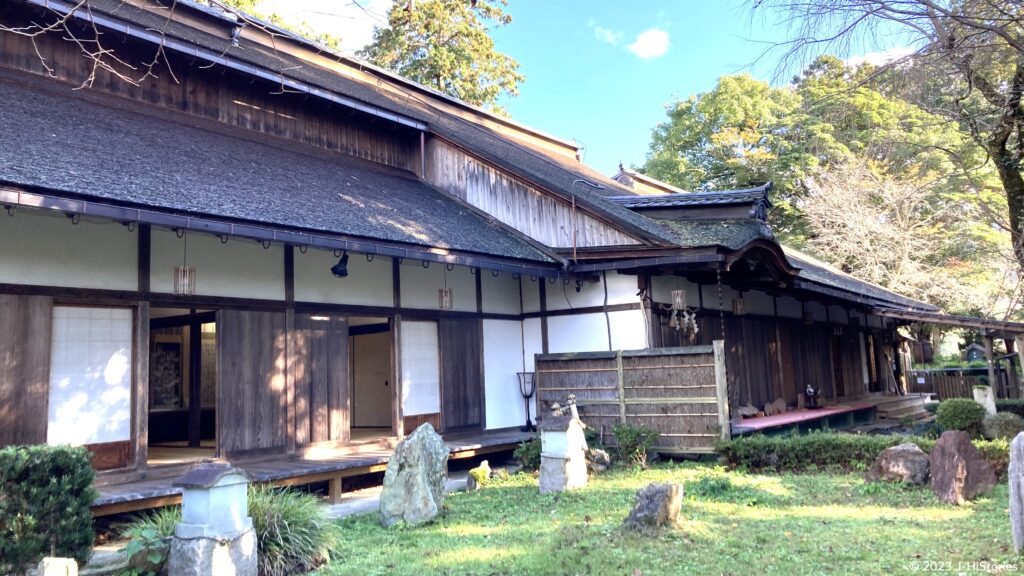
Yoshimizu Shrine is the oldest shrine of the Shoin-zukuri style architecture (World Heritage Site) in Japan. It was established in 682 by En no Ozuno, the founder of Shugendo, and has a simple but prestigious structure. In 1336, when Ashikaga Takauji (1305-1358, 足利尊氏), later, the 1st shogun of the Muromachi Shogunate, seized control of Kyoto, the 96th Emperor Go-Daigo (1288-1339, 後醍醐天皇) fled from Kyoto to Yoshino, bringing with him the Three Imperial Regalia. He established the Southern Court and placed a temporary palace here in Yoshimizu Shrine. The shrine also preserves and exhibits many of Emperor Go-Daigo's personal belongings and artifacts, including his sho (Shinto flute), biwa (Japanese lute), and taiko (Japanese drum), all of which were used by the emperor, who excelled at music and Waka (Japanese poetry). In addition, Yoshimizu Shrine, where the losers of the power struggle took refuge, has a hiding room for Minamoto Yoshitsune (1159-1189, 源義経) and Shizuka Gozen, who were pursued by his brother, Minamoto Yoritomo (1147-1199, 源頼朝), the first shogun of the Kamakura Shogunate (1185-1333).
Yoshino Jingu Shrine, Enshrines the Spirit of Emperor Go-Daigo
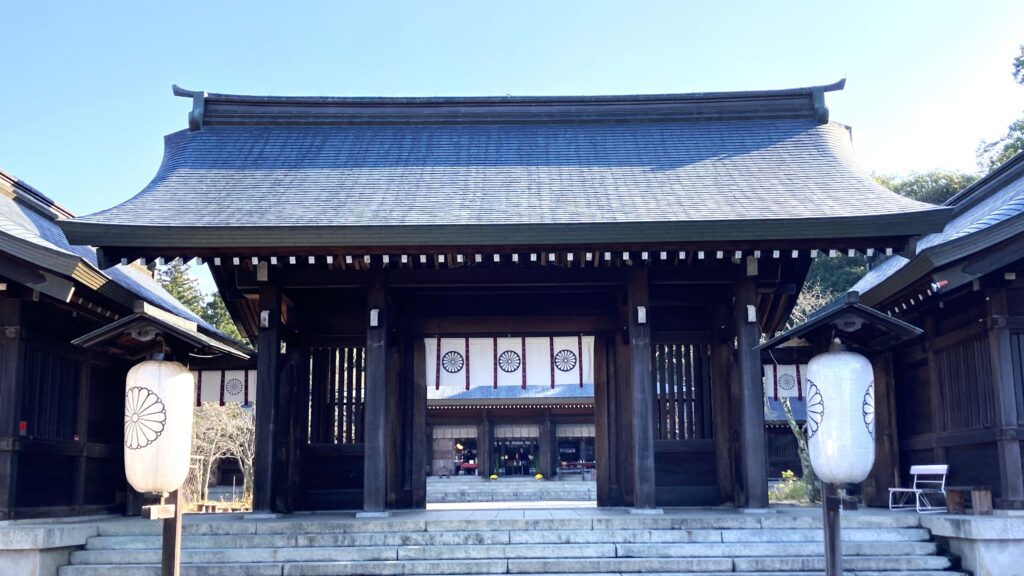
Yoshino Jingu Shrine was established in 1889 by the Imperial Order of Emperor Meiji to enshrine the spirit of Emperor Go-Daigo and his wooden statue engraved by his prince, Emperor Go-Murakami (1328-1868, 後村上天皇). The main hall was built facing north, toward Kyoto, symbolizing the sentiments of Emperor Go-Daigo, who longed to return to the Kyoto Imperial Palace.
Two Emperors Who Denied the Rise of the Samurai
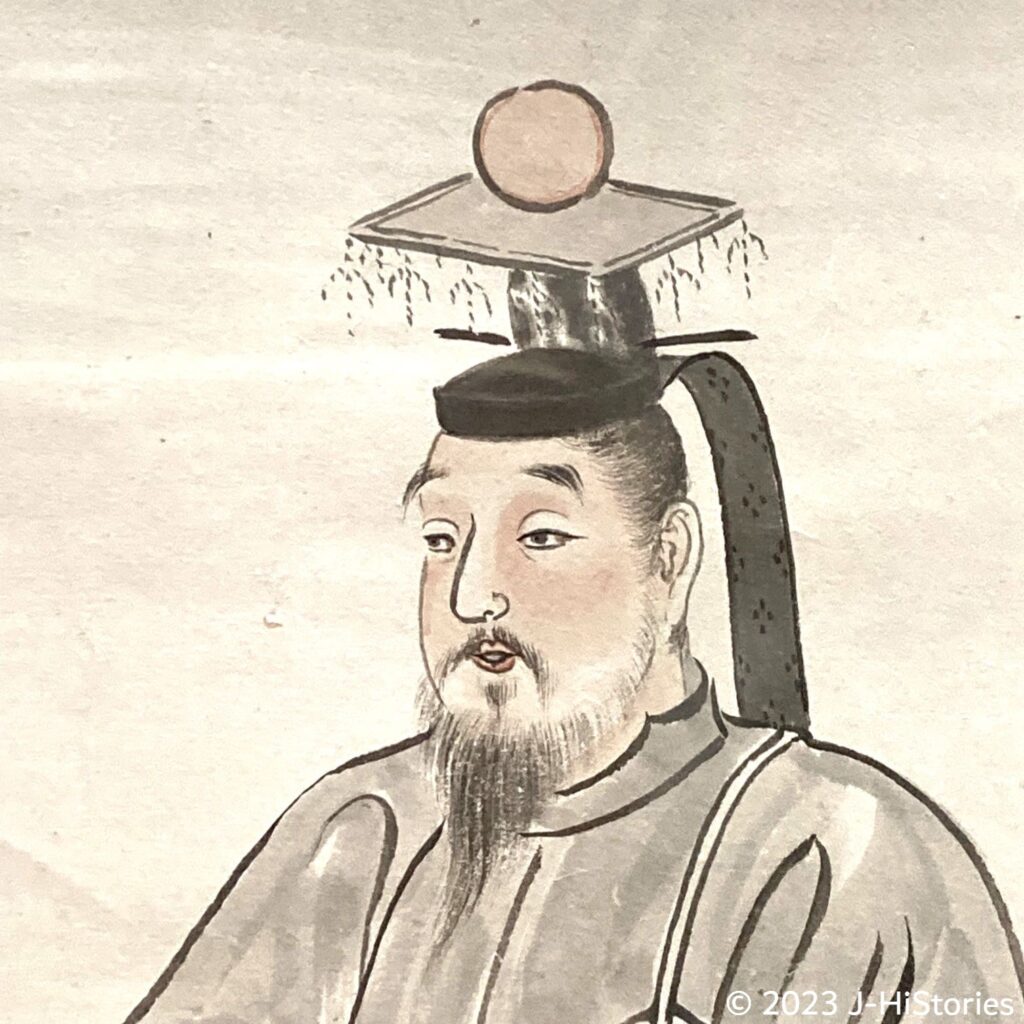
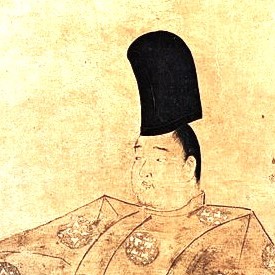
During the Kamakura period (1185-1333), when Minamoto Yoritomo established the first samurai government, and its influence expanded to encompass nationwide governance, two emperors emerged to restore rule from samurai to the emperor. One was the 82nd Emperor Go-Toba (1180-1239, 後鳥羽天皇), who ruled the nation at the beginning of the Kamakura Shogunate, and the other one was Emperor Go-Daigo, who ascended the throne at the end of the Kamakura period. Emperor Go-Toba failed and was exiled to Oki Island, where he died of a broken heart. On the other hand, Emperor Go-Daigo succeeded in overthrowing the Kamakura Shogunate and restoring the emperor's rule, known as the Kenmu Restoration (1333-1336). However, his restoration collapsed after only three years. Emperor Go-Daigo fled from Kyoto to Yoshino, where he died of a broken heart while wishing to return to Kyoto.
Emperor Go-Daigo's Successful Overthrow of the Shogunate
Why was the emperor, who had no military power, able to overthrow the Kamakura shogunate? There were two major factors: (1) the shogunate itself was on the verge of collapse due to internal strife, and (2) the national crisis of the Mongol invasion had accelerated the samurai's growing samurai discontent and economic collapse. Emperor Go-Daigo railed warriors who were increasingly dissatisfied with the shogunate to his side as a great opportunity. Eventually, Ashikaga Takauji, who prided himself on being a legitimate descendant of the Minamoto clan, sided with Emperor Go-Daigo, leading to the collapse of the Kamakura Shogunate.
(1) Internal Strife Weakens the Kamakura Shogunate
After the shoguns of the Minamoto clan of direct kindred to Yoritomo ceased after three generations, the Hojo clan, the family of Yoritomo's wife, became the political center as a regent from generation to generation. After that, power was concentrated in the hereditary line of the Hojo clan (called Tokuso), and the discontent of the samurai who were removed from the center of power grew, power struggles intensified, the system of control by the Kamakura Shogunate became dysfunctional, and the rule of the Kamakura Shogunate began to waver.
(2) The Mongol Invasions Triggered the Overthrow of the Kamakura Shogunate

@ Sannomaru Shozokan
During the reign of Emperor Go-Daigo's grandfather, the 90th Emperor Kameyama, Japan was attacked by the Mongols twice, in 1274 and 1281, and managed to defeat the Mongol navy thanks to the valiant resistance of the samurai, the failed strategy of the Mongols, and the typhoons fortunately. However, the samurai were not rewarded for defeating a foreign enemy, and their dissatisfaction grew, and they became economically exhausted as they were forced to continue the defense system. In addition, the effect of the Retired Emperor Kameyama’s prayers at shrines and temples, namely, the destruction of the Mongolian ships by typhoons, caused a reassessment of the emperor's power and triggered to hasten the fall of the Kamakura Shogunate.
Aspire to Overthrow the Shogunate
Initially, Emperor Go-Daigo's elder brother ascended to the throne as the 94th Emperor Go-Nijo (1285-1308, 後二条天皇). However, he passed away at the age of 24, and the intended successor, Go-Nijo's prince, was merely 9 years old, posing challenges in his ability to assume the role of emperor. Hence, Emperor Go-Daigo unexpectedly ascended to the throne at 31, constrained by the restriction of "only one generation" as a relay successor. During that period, the succession of emperors was to alternate between two imperial lineages, the Daikakuji lineage and the Jimyoin lineage, which was the official policy of the Kamakura Shogunate (Ryoto-Teiritsu). As Emperor Go-Daigo belonged to the Daikakuji lineage, the Jimyoin lineage was slated to produce the next emperor. Faced with these circumstances, politically motivated Emperor Go-Daigo found no alternative but to overthrow the shogunate, aiming to overcome the "one generation" policy and the "Ryoto-Teiristu," ensuring the future of his imperial lineage.
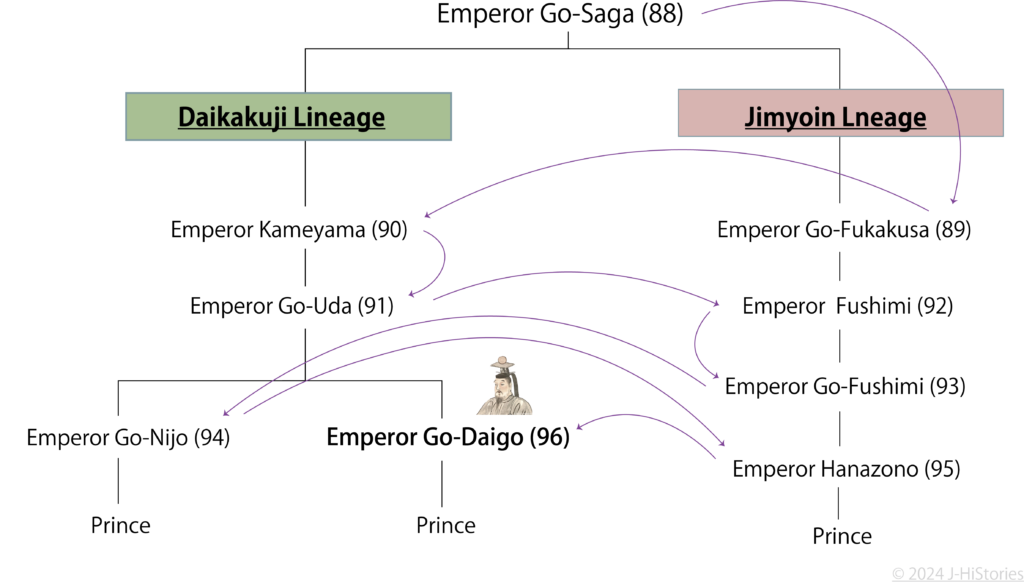
Exile to Oki Island but Success of Overthrowing the Kamakura Shogunate.
In 1324, his plan to overthrow the shogunate came to light, but Emperor Go-Daigo was forgiven after his apology. In 1331, Emperor Go-Daigo executed the plan and fought the Kamakura Shogunate forces. But he lost and was exiled to a small Oki Island located about 80 km off the north coast of Shimane prefecture. However, he made an escape with an indomitable spirit, called to samurai, and overthrew the Kamakura Shogunate with the Ashikaga clans, who were dissatisfied with Hojo’s monopolization even though they were Minamoto’s direct descendants. After his victory, Emperor Go-Daigo returned to Kyoto and started his direct administration in 1333, known as the Kenmu Restoration to bring the Imperial House back into power.
The Short-Lived Kenmu Restoration

It didn't take long for Emperor Go-Daigo and Ashikaga Takauji to part ways. Emperor Go-Daigo pursued direct administration, relocating the government center to Kyoto and strengthening the authority of provincial governors and guardians to ensure the implementation of his policies nationwide. However, the new government system significantly deviated from conventional rule, causing considerable confusion among court nobles and samurai. Additionally, the rewards allocated to warriors who played a key role in overthrowing the shogunate were perceived as unfair, intensifying dissatisfaction with Emperor Go-Daigo. Emperor Go-Daigo believed that the Imperial Court should be at the top and the samurai should work under it, which led to rebellions in various parts of Japan. Ultimately, Takauji raised his army to confront Emperor Go-Daigo.
Establishment of the Southern Court
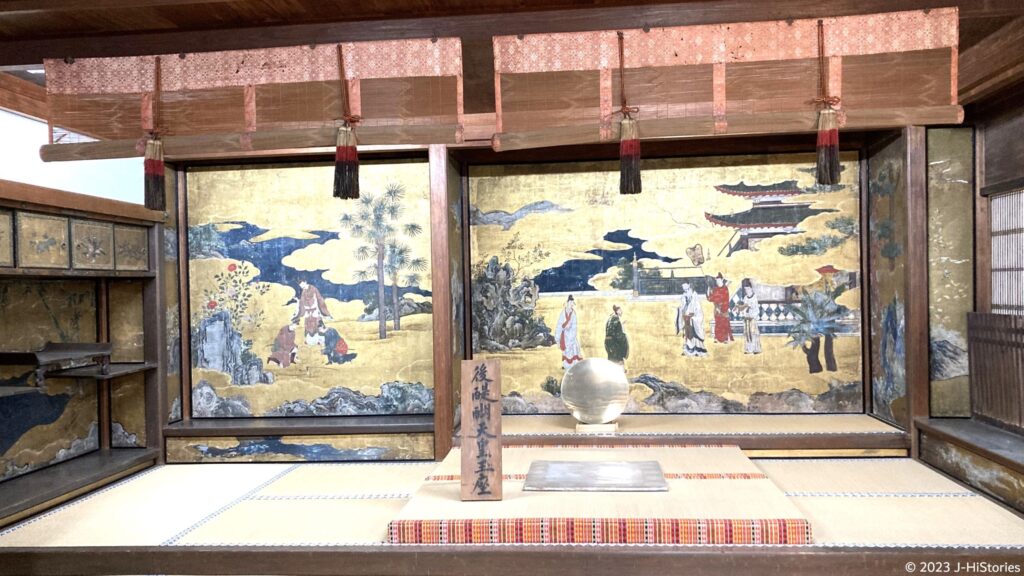
Takauji approached the cloistered Emperor Kogon(1313-1364;光厳上皇) of Jimyoin lineage and made the ascension of his brother, Emperor Komyo (1320-1388;光明天皇) to the throne. Then, Takauji established the Muromachi Shogunate (1336-1573). During that, dethroned Emperor Go-Daigo was incarcerated by Takauji but he managed to escape from Kyoto to Yoshino with an indomitable spirit, setting up the Southern Court. This marked the first situation in Japanese history where two Emperors coexisted. The internal disturbances between the Northern and Southern Courts spanned for approximately 60 years until the third shogun, Ashikaga Yoshimitsu (1358-1408, 足利義満), united both courts in 1392.
Ardent Wishes to return to Kyoto Imperial Palace Even After His Death
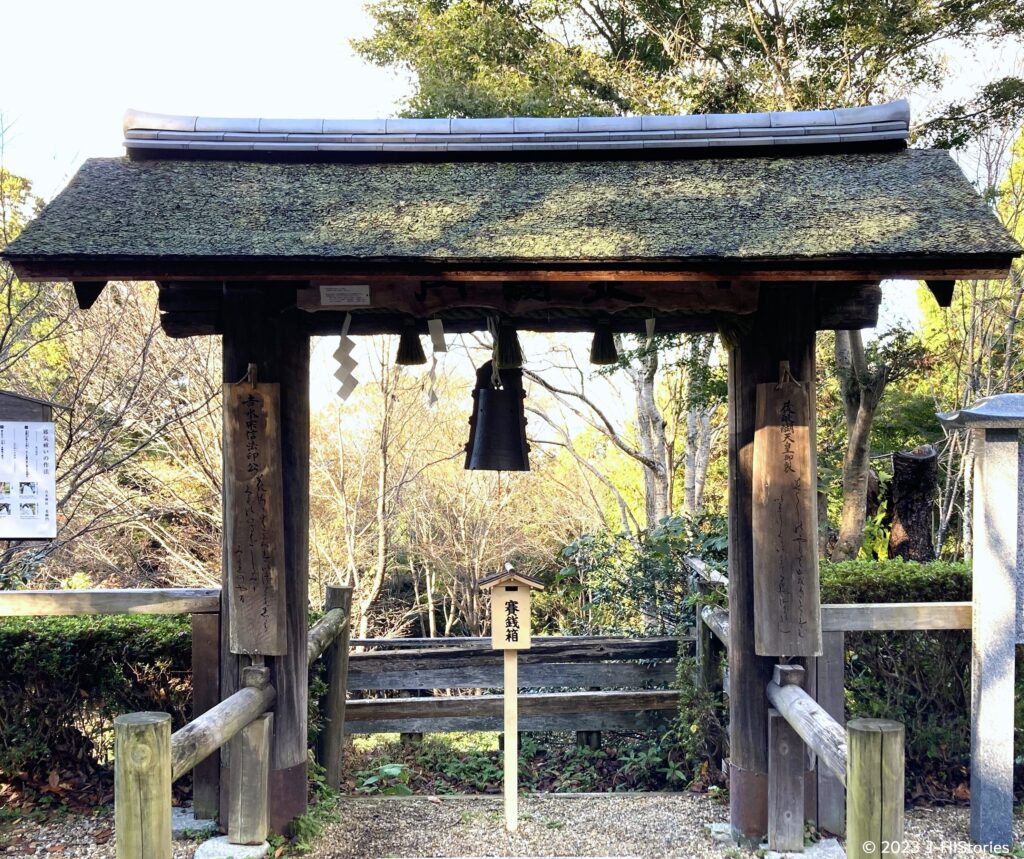
6 years later, in 1339, Emperor Go-Daigo fell sick and passed away at Yoshimizu Shrine at the age of 52, and was buried in Yoshino, facing to the north or Kyoto to express his spirit of not giving up, though normally the emperor’s tomb faces the south. Emperor Go-Daigo held the Lotus Sutra in his left, which teaches virtue, and a sword in his right and left his last words:
Even though my body might be covered with moss on Yoshino mountain, my soul is always keen on the sky of the north, Kyoto. (骨はたとえ南山の苔に埋ずむるとも、魂魄は常に北闕の天を望まんと思ふ)
Requiem for Emperor Go-Daigo, who Became a Vengeful Spirit
Emperor Go-Daigo's demise deeply affected both the Northern Court and the Muromachi Shogunate, particularly leaving a profound impact on Ashikaga Takauji. In response, the Northern Court abolished the court for five days as a part of the mourning ritual, and presented his posthumous name, Go-Daigo-In to placate his "onryo", or vengeful spirit. Ashikaga Takauji organized a hundred-day memorial service to pray for the repose of Emperor Godai-Go's soul and built Tenryuji Temple to honor and mourn his soul. Please take pleasure in strolling through the Yoshino mountains, especially during the vibrant seasons of Spring and Autumn when cherry blossoms are in full bloom and leaves are adorned in a spectrum of colors. These mountains marked by the fleeting beauty of falling cherry blossoms and leaves, along with Yoshimizu Shrine, and Yoshino Jingu Shrine, serve as a poignant reminder of Emperor Go-Daigo’s life.
Emperor Go-Daigo Timeline
| 1274 | Mongol invasions to Kyushu (The Bunroku War) | - | Kamakura Period |
| 1281 | Mongol invasions to Kyushu again (The Koan War) | - | |
| 1288 | Emperor Go-Daigo was born | Age=1 | |
| 1318 | Emperor Go-Daigo ascended the throne | 31 | |
| 1324 | Emperor Go-Daigo planned to overthrow the Kamakura Shogunate but was forgiven. | 38 | |
| 1331 | Emperor Go-Daigo raised army but lost against the Kamakura Shogunate | 45 | |
| 1332 | Emperor Go-Daigo was exiled to Oki Island | 46 | |
| 1333/02 | Emperor Go-Daigo escaped from Oki Island | 47 |
|
| 1333/05 | Ashikaga Takauji defeated Kamakura Shogunate | 47 | |
| 1333/06 | Emperor Go-Daigo returned to Kyoto | 47 | |
| 1334/01 | The Kenmu Restoration had began | 48 | Kenmu Restoration |
| 1335/10 | Ashikaga Takauji rebelled against Emperor Go-Daigo | 49 | |
| 1336/08 | Ashikaga Takauji backed up Emperor Komyo to be enthroned (start of the Northern Court) | 50 | |
| 1336/10 | Ashikaga Takauji incarcerated Emperor Go-Daigo | 50 | |
| 1336 | The Kenmu Restoration collapssed | 50 | |
| 1336/11 | Ashikaga Takauji estabilished Muromachi Shogunate | 50 | Muromachi Period Northern and Southern Courts |
| 1336/12 | Emperor Go-Daigo fled from Kyoto to Mt. Yoshino | 50 | |
| 1336/12 | Emperor Go-Daigo established the Southern Court | 50 | |
| 1338 | Ashikaga Takauji became Shogun of Muromachi Shogunate | 52 | |
| 1339/08 | Emperor Go-Daigo passed away at Yoshino | 52 | |
| 1339/10 | Ashikaga Takauji offered to build Tenryuji Temple | - | |
| 1345 | Tenryuji Temple was established | - | |
| 1392 | The unification of the Southern and Northern Courts | - |
Recommendations to visit
Yoshimizu Shrine
- Access: Using JR trains, you can get to Yoshino-guchi Station from Nara, Kyoto, and Osaka Stations. 30 minutes to Yoshino Station on the Kintetsu Railway train. Then, take Yoshino ropeway. Then 15 minute walk
Yoshino Jingu Shrine
- Access: Using JR trains, you can get to Yoshino-guchi Station from Nara, Kyoto, and Osaka Stations. 30 minutes to Yoshino Station on the Kintetsu Railway train. A 20-minute walk or take a taxi

